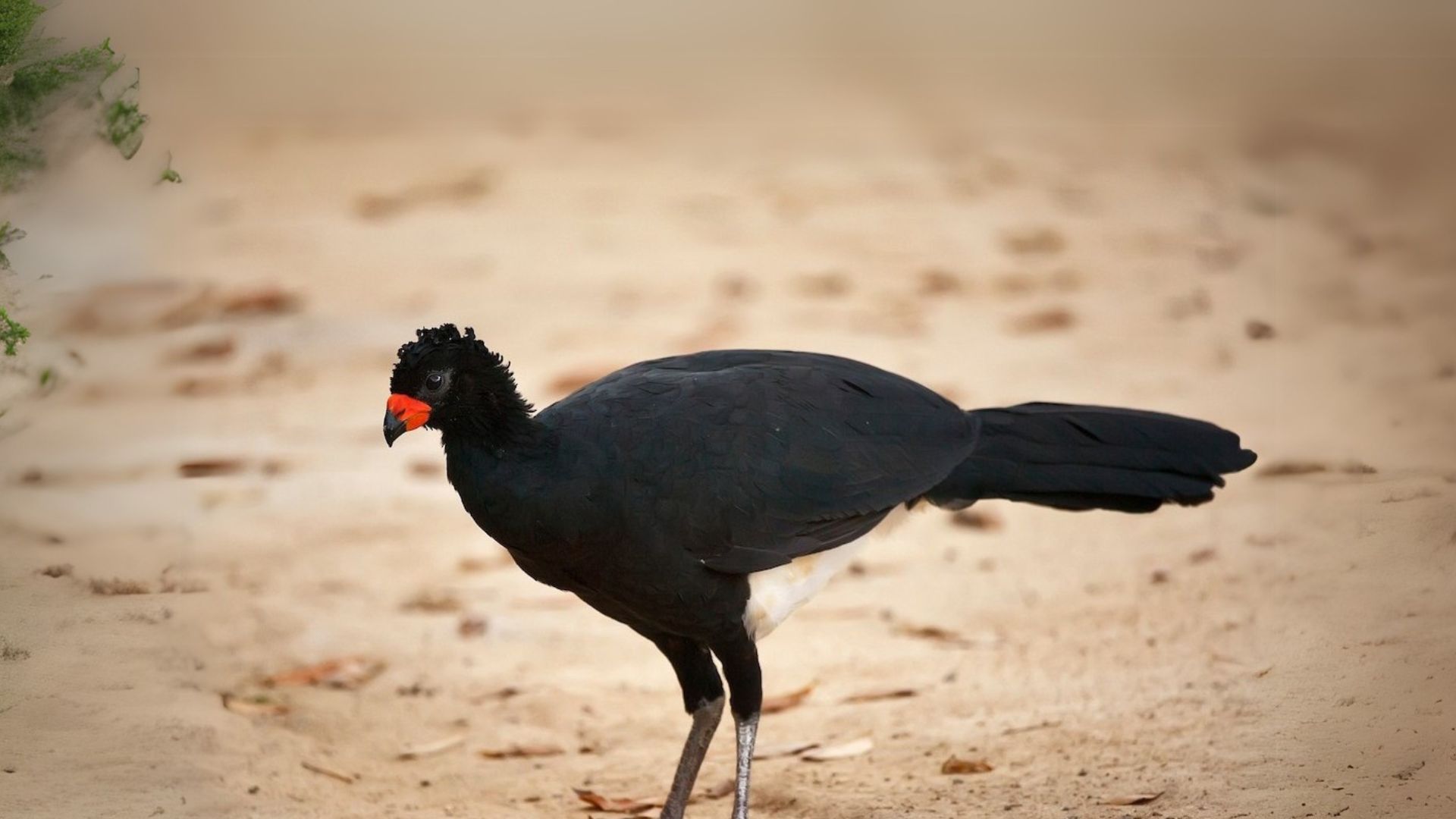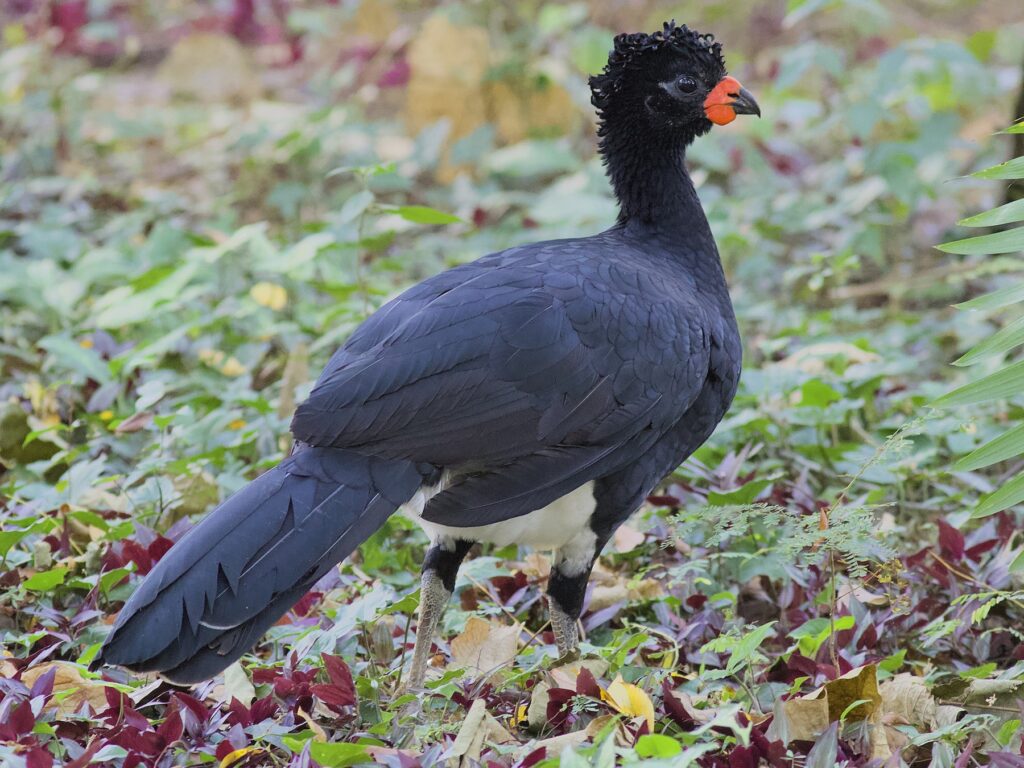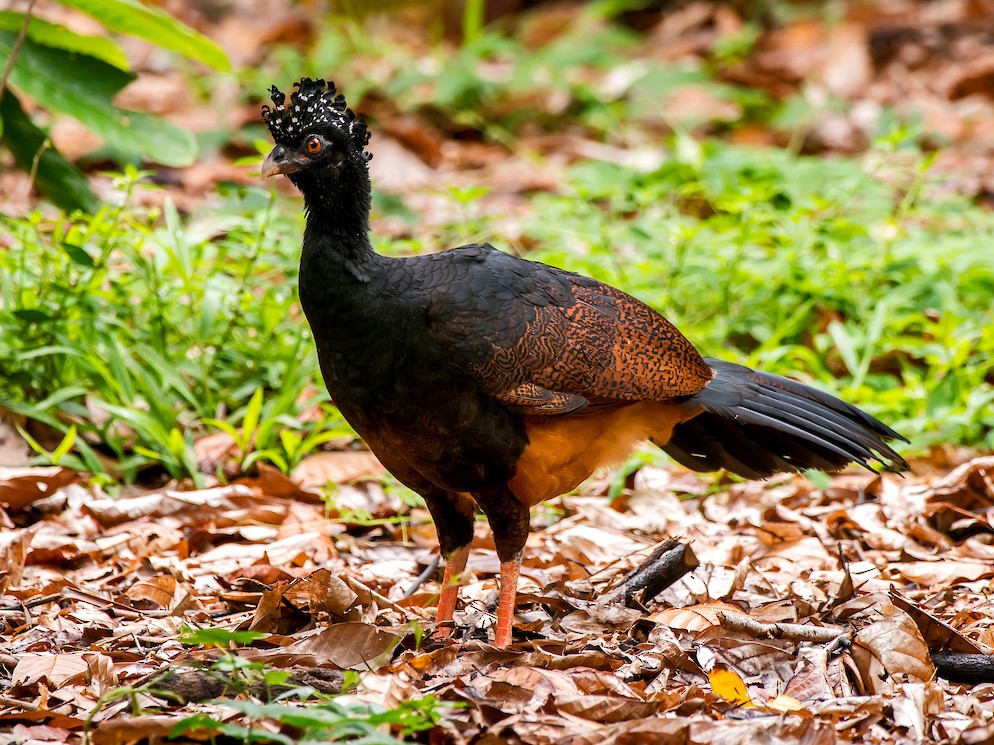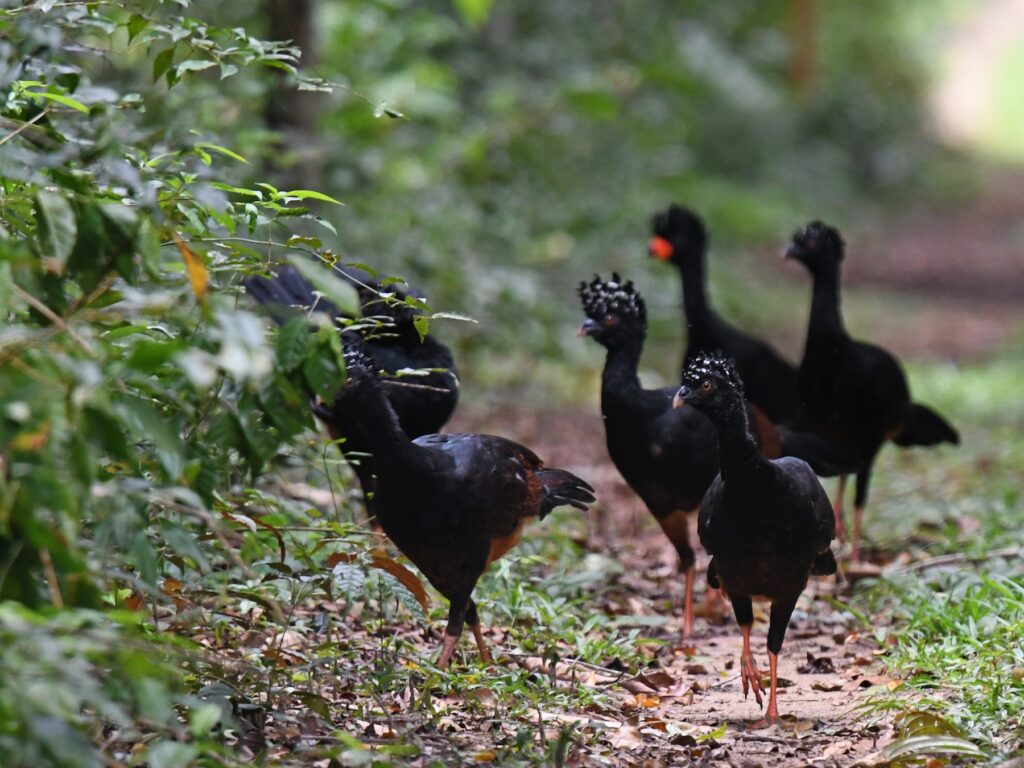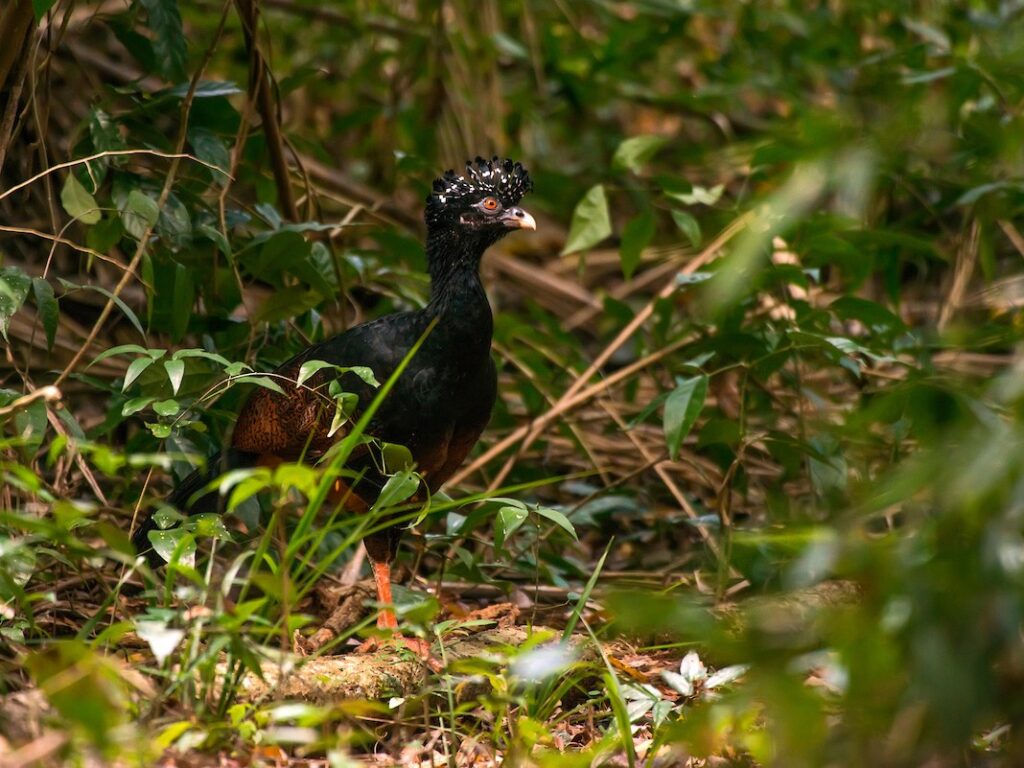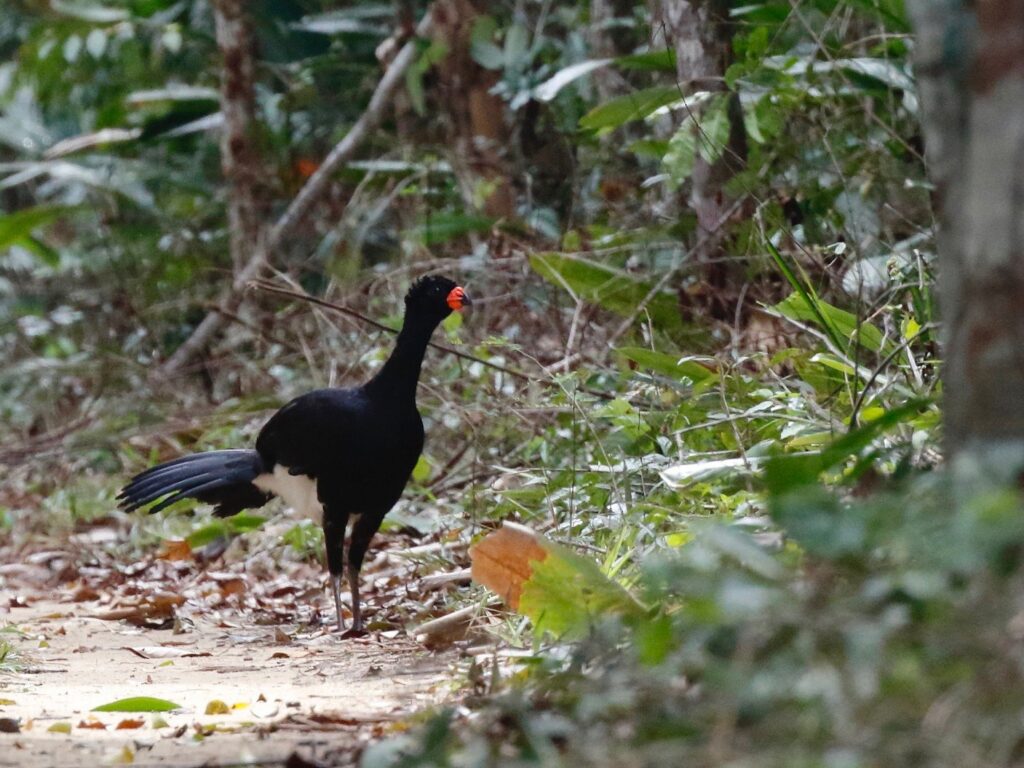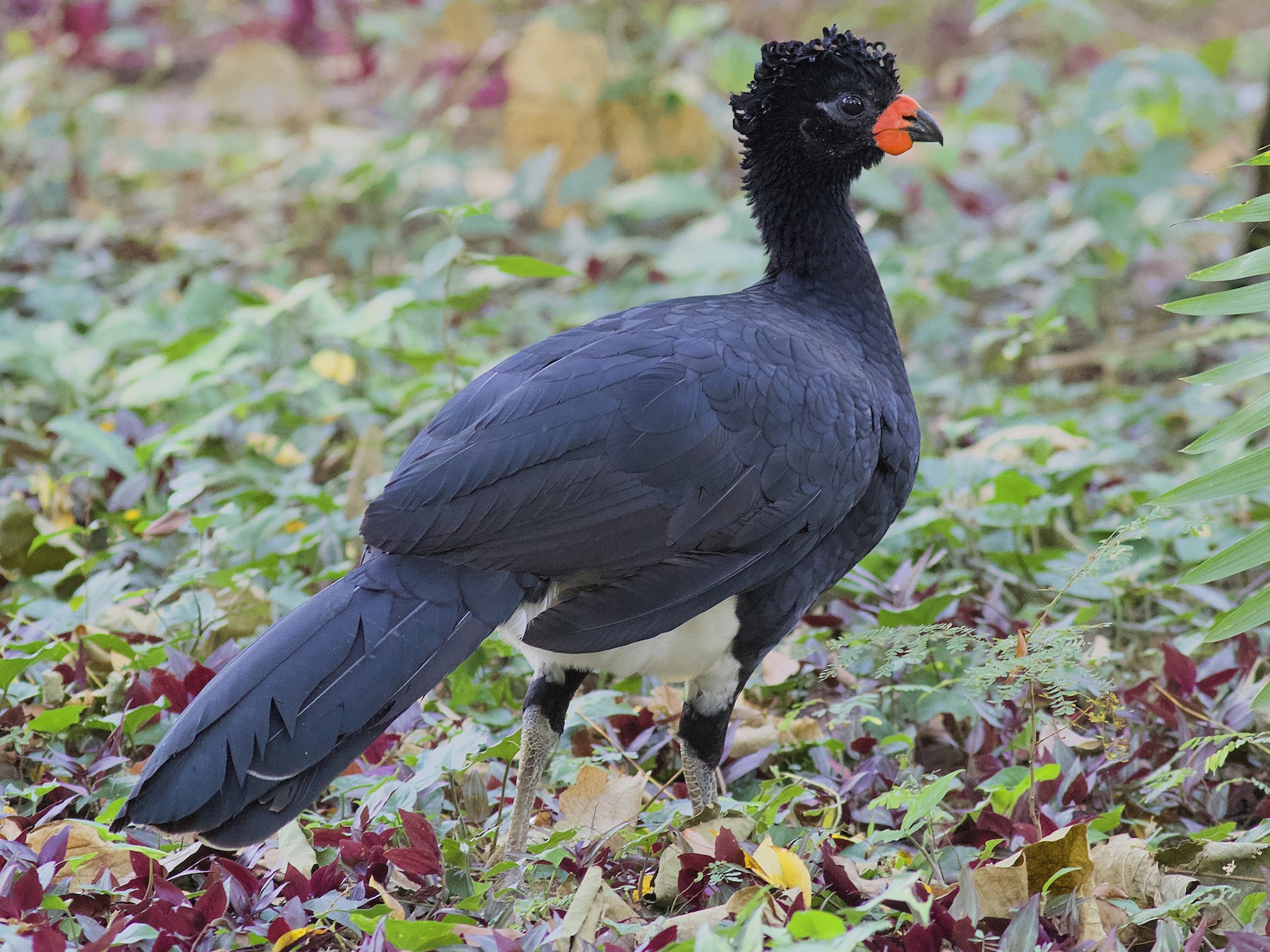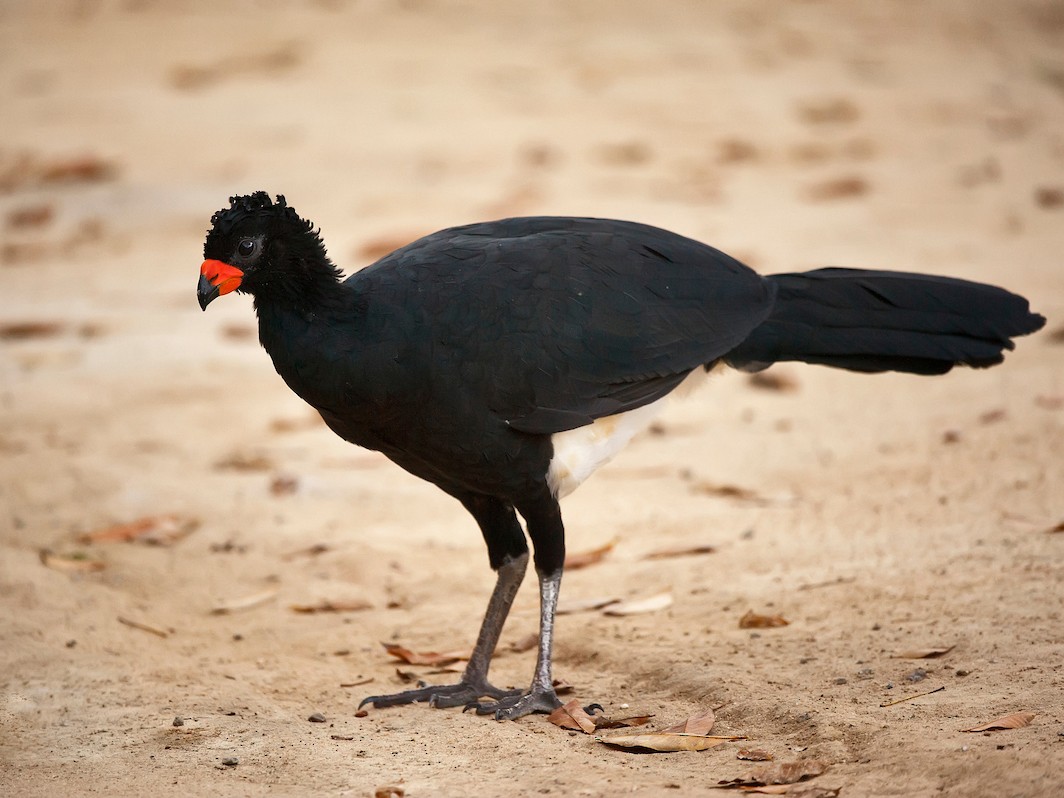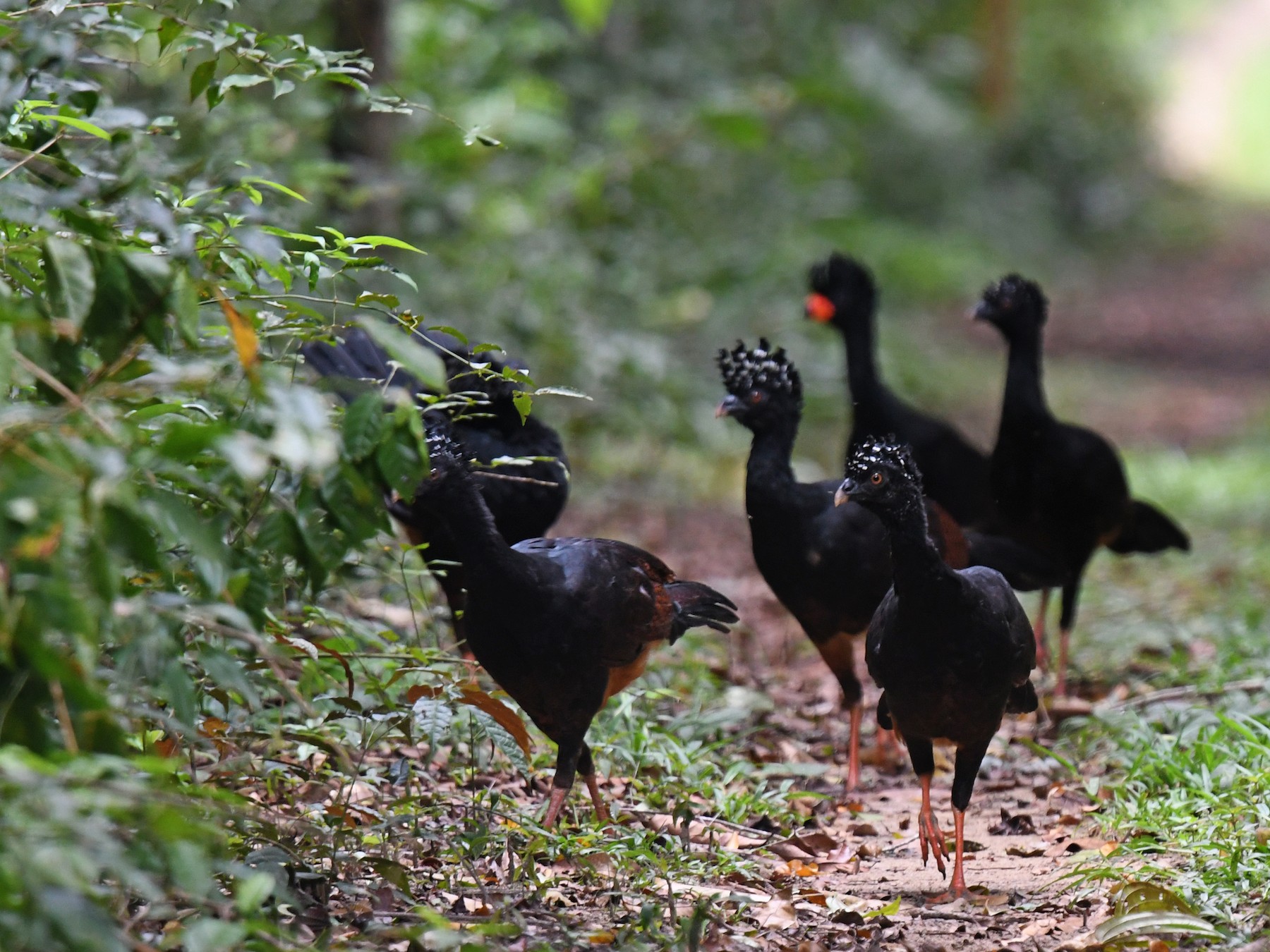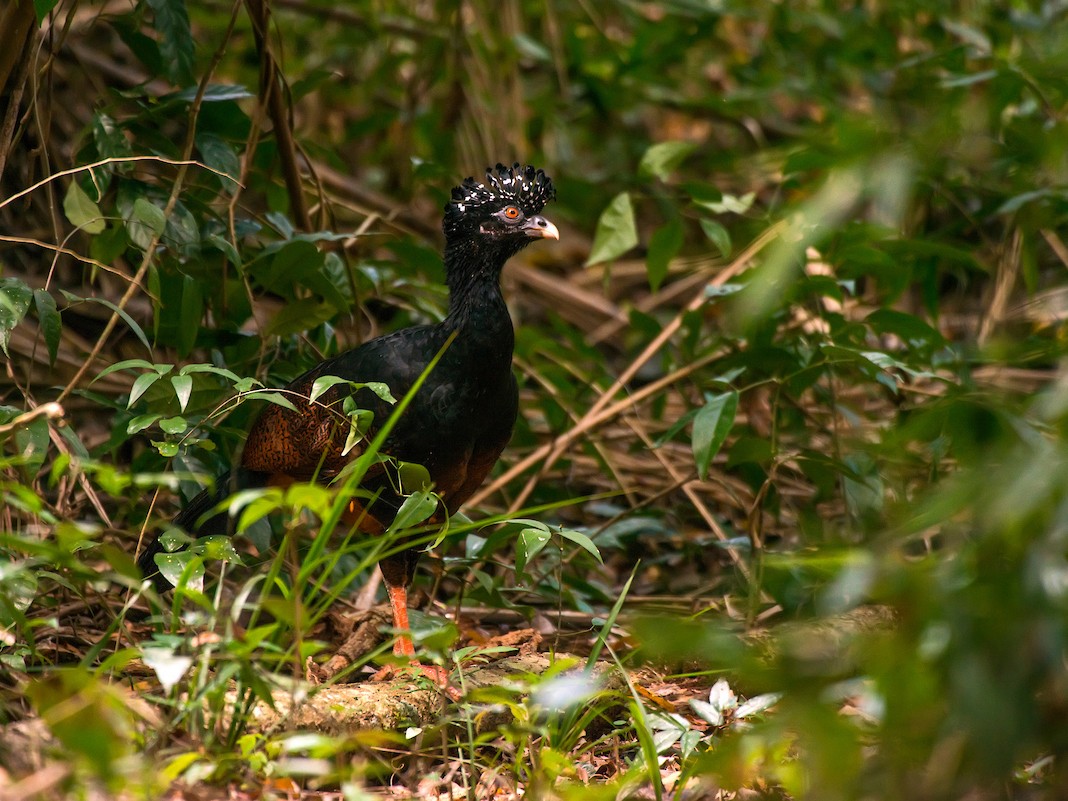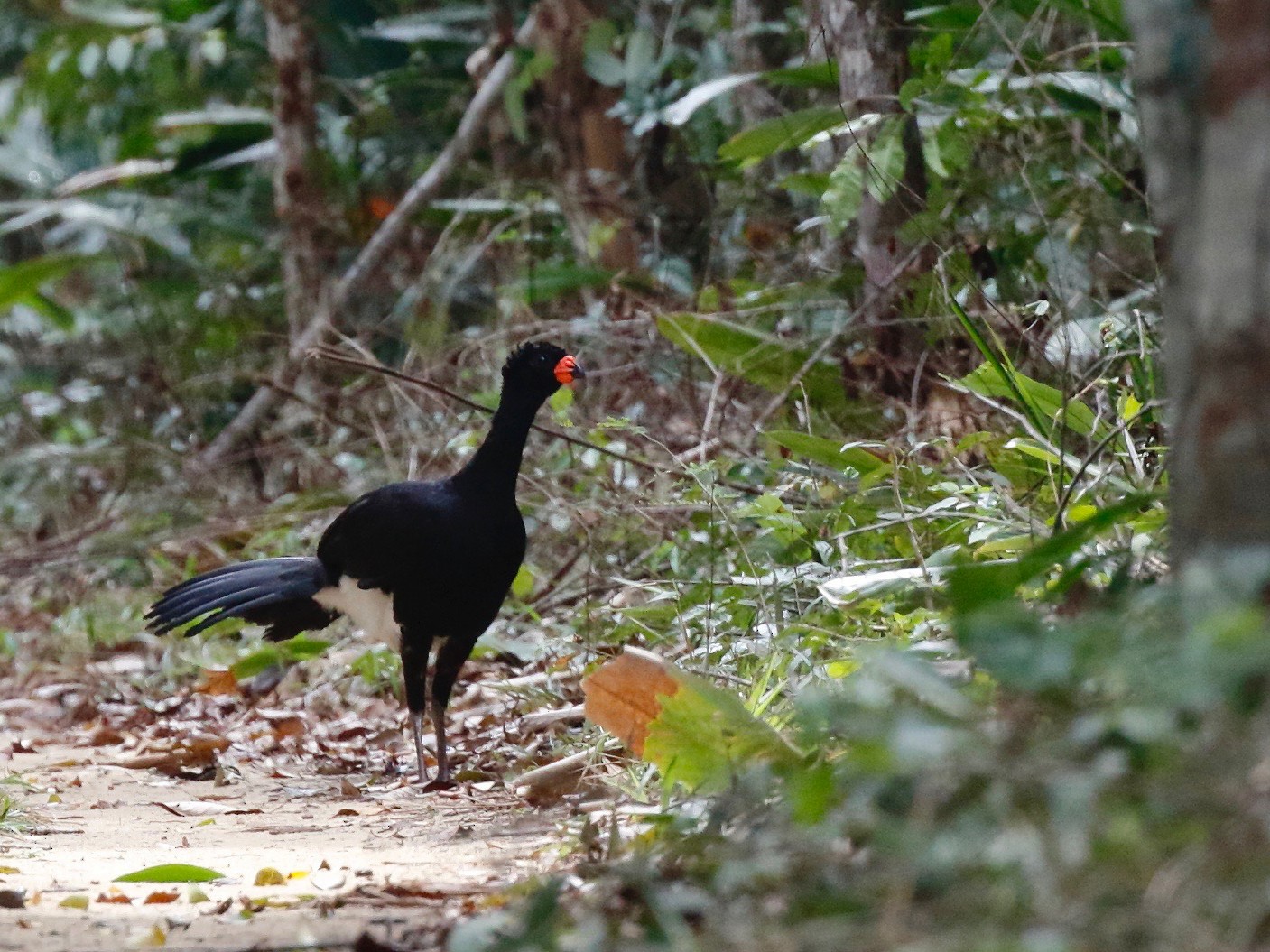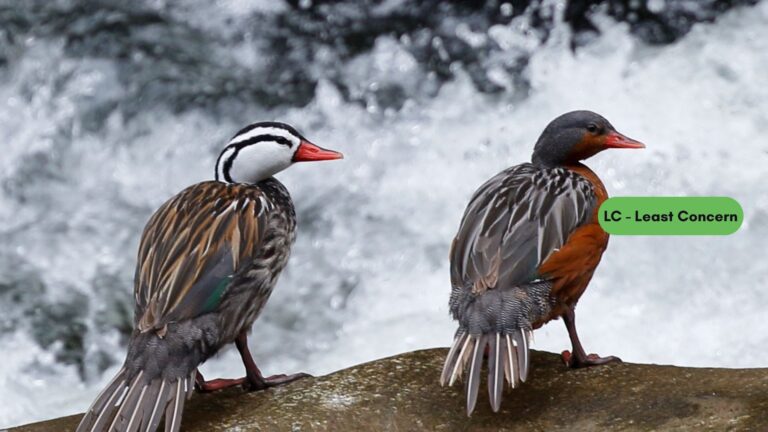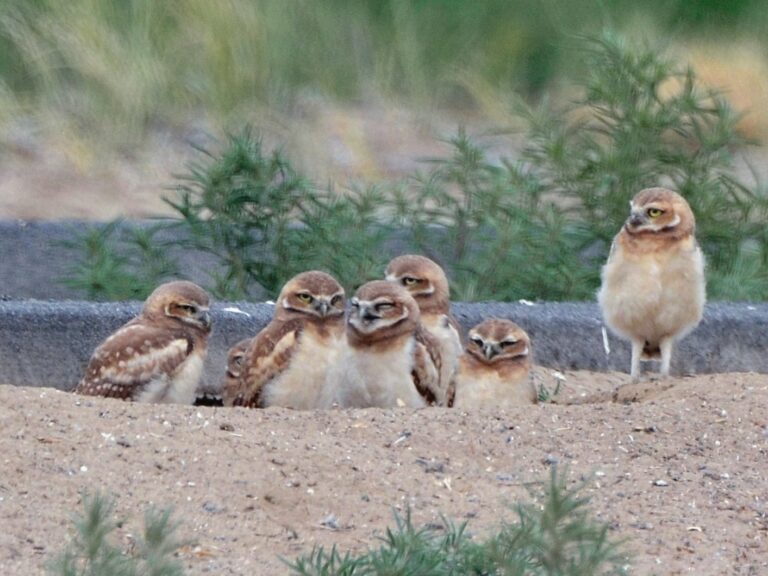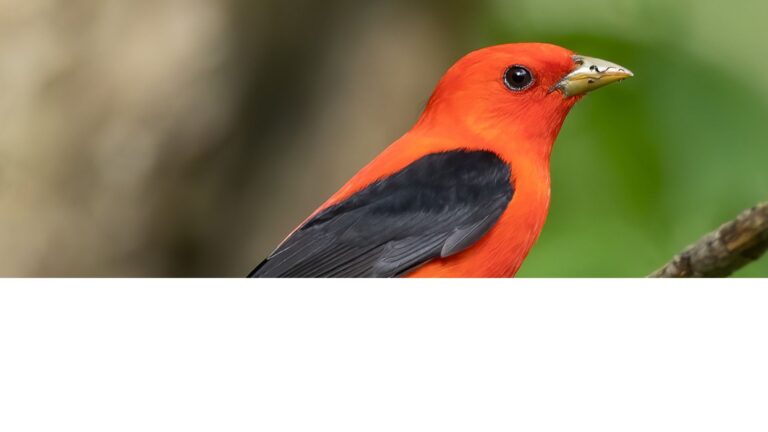Red-billed Curassow: The Endangered Bird of the Amazon Rainforest
The Red-billed Curassow stands out as a striking bird native to Brazil’s Atlantic Forest. It’s got that unmistakable red bill and a pretty impressive size, making it hard to miss if you ever spot one.
These birds help their forests thrive by spreading seeds as they forage. But honestly, things aren’t looking great for them—habitat loss and hunting pose serious threats. They behave in ways that keep researchers intrigued. Their social lives and dependence on specific forests really drive home why conservation matters.
Key Takeaways
- The Red-billed Curassow keeps forests healthy by dispersing seeds.
- Habitat destruction and hunting threaten its survival.
- Studying this species helps shape conservation strategies.
Taxonomy and Physical Description
The Red-billed Curassow, known in the scientific world as Crax blumenbachii, really is something else. Let’s look at where it fits in the animal kingdom and what sets it apart.
Scientific Classification
This bird belongs to the Cracidae family, a group that includes guans and chachalacas. Here’s its spot in the taxonomic hierarchy:
- Kingdom: Animalia
- Phylum: Chordata
- Class: Aves
- Order: Galliformes
- Family: Cracidae
- Genus: Crax
- Species: Crax blumenbachii
So, it’s among the big, ground-loving birds you’ll mostly find in Central and South America. They tend to stick to tropical rainforests, where they’re pretty important to the ecosystem.
Distinctive Features
If you’re looking for a bird with personality, this one’s got it. The Red-billed Curassow sports a bold red wattle dangling under its bill, making its face pretty unforgettable.
- Size: Grows up to 75–90 cm in length.
- Coloration: Mostly black with some white and chestnut, especially on the wings and tail.
- Bill: That red bill is thick, curved, and perfect for cracking seeds and fruit.
Besides catching your eye, these traits help it survive—its coloring lets it melt into the shadows, dodging predators.
Differences Between Sexes
You can usually tell males and females apart if you look closely.
- Males: Bigger, usually 3–4 kg, with flashier colors and a more obvious red wattle.
- Females: Smaller, about 2–3 kg, with more muted markings.
During courtship, males show off their colors and wattles to impress the ladies. These differences make their mating dances pretty fascinating to watch. If you want to dig deeper, there’s a ton of research on their ecology and conservation out there.
Habitat and Distribution
Red-billed Curassows need very specific habitats to survive and raise their young. So, where do they actually live, and how has that changed?
Primary Range
You’ll find them mostly in the Atlantic Rainforest of southeastern Brazil. Minas Gerais, a state bursting with biodiversity, marks part of their home turf.
They stick to lowland forests, especially patches close to rivers and streams. Those spots offer both food and safe nesting places.
Habitat Characteristics
They really thrive in humid tropical forests with thick vegetation. But they also like a mix—mature trees for cover and some open space for moving around.
Here’s what matters most in their habitat:
- Dense canopy for hiding from predators.
- Food sources like fruit, seeds, and the occasional critter.
- Easy access to water for drinking and cooling off.
All these things make or break their chances of surviving and raising chicks.
Historical vs. Current Distribution
In the past, Red-billed Curassows roamed a much bigger chunk of the Atlantic Rainforest. But now? Deforestation and development have carved their range into isolated fragments.
Today, you’ll mostly find them in scattered forest patches, especially in Minas Gerais. They’re not getting around like they used to.
Protecting what’s left of their habitat feels more urgent than ever. Maybe with some luck and smart restoration, they’ll get a better shot in the future.
Behavior and Ecology
Red-billed Curassows have some quirky habits that help them survive in Brazil’s forests. Let’s talk about what they eat, how they breed, and how they communicate.
Feeding Habits
Most of the time, these birds stick to a plant-based diet: fruits, seeds, leaves—you name it. They rummage around on the forest floor, flipping through leaf litter for snacks.
They’ll also eat nuts, berries, and sometimes tiny invertebrates. Their love of fruit makes them top-notch seed dispersers, which helps the forest grow back. They tend to gather where fruit is plentiful and there’s enough cover to feel safe.
Breeding Behavior
Breeding usually kicks off with the rainy season. Males put on quite a show—spreading their wings and making some impressive calls to woo females. Females build nests on the ground, usually tucked away in thick plants. They lay 2–5 eggs and handle incubation for about 28 days.
After hatching, the chicks are up and about quickly. The mother leads them to food and helps them dodge danger, which they’ll need with so many predators around.
Vocalizations and Communication
Communication’s a big deal for these birds. Males belt out deep, booming calls that travel surprisingly far, especially in dense forest.
They don’t just rely on sound, though. Courtship involves lots of wing-flapping and dramatic poses. This mix of calls and displays keeps their groups organized, especially when it’s time to breed or stay safe while foraging.
Conservation Status and Threats
The Red-billed Curassow is in real trouble. If we want to keep them around, we need to understand what’s happening to their numbers and what’s putting them at risk.
Population Trends
Their numbers have dropped a lot over the past few decades. These days, you’ll mostly find them in scattered, isolated patches of forest.
Researchers keep tabs on the population by tracking sightings and using monitoring programs. They’re always looking for ways to slow or stop the decline. Protected areas give us a glimpse into how they use their habitats. Wildlife managers worry about whether the population can bounce back.
Major Threats
Biggest problems? Habitat loss and hunting, hands down. Farms and cities keep eating away at forest, leaving less space for the birds.
Hunting makes things worse, especially where laws aren’t enforced. Some people still hunt them for meat. Invasive species sometimes compete with or prey on curassows, piling on more stress. It’s a rough situation, honestly.
Conservation Initiatives
Conservationists are fighting back with habitat restoration and reintroduction projects. In Brazil, they’ve used radio tracking to follow released birds and see how they do.
They’ve also set up monitoring in the Atlantic Forest to keep a closer eye on the population. Protected areas are a big part of the plan, making sure there are still safe places left for the curassow.
Local communities and organizations are teaming up to raise awareness and protect these birds. Want more details? Check out this conservation case study for a deeper dive.
Observation and Research
Studying the Red-billed Curassow takes some creativity. Researchers rely on a mix of observation techniques to get the real story.
Field Study Methods
Camera traps have become a favorite tool—these gadgets snap photos without scaring off the birds. It’s a great way to catch them in action, doing their thing.
Researchers set up in forest patches where the birds still hang on. They gather data about population size, feeding routines, and how curassows interact with other animals.
Radio collars help track their movements and figure out which habitats they like best. That info is key to understanding how habitat loss is affecting them.
Photographic Documentation
Photographic documentation really matters when it comes to studying the Red-billed Curassow. It gives us a way to keep visual records of their looks and quirks. Photos can show off details like their plumage or how they build nests. Sometimes you even catch a courtship dance—if you’re lucky.
Field researchers usually set up high-quality cameras in different spots. They’ll hide these cameras, so the birds aren’t bothered. The images they gather end up in scientific journals or get used for awareness campaigns. It’s a small thing, but those photos can make a big difference.
Researchers use the pictures to compare curassow populations across regions. That kind of comparison can reveal where conservation is working—or not. If you want to dig into more case studies, check out the Oryx Journal. There’s a lot to explore there.
Frequently Asked Questions
The Red-billed Curassow is a fascinating bird—kind of picky about where it lives and what it eats. If you’re curious about its habitat, threats, or what it actually does for the forest, you’re not alone.
What is the typical habitat of the Red-billed Curassow?
You’ll find the Red-billed Curassow in Brazil’s Atlantic Forest. That place is packed with dense trees and all sorts of wildlife.
They like nesting up high and foraging down where the ground cover is thick. Makes sense, right?
What are the primary threats to the survival of the Red-billed Curassow?
Deforestation is a huge problem for these birds. Their habitat keeps shrinking.
People also hunt them for meat and feathers, which doesn’t help. Conservation groups are trying to turn things around, but it’s not easy.
What is the diet of the Red-billed Curassow?
Mostly, they go for fruits and seeds. Sometimes they’ll eat small invertebrates too.
You’ll usually spot them poking around the forest floor for food. What they eat changes with the seasons and whatever’s around.
How does the Red-billed Curassow contribute to its ecosystem?
These birds help spread seeds while they eat fruit. Their droppings end up planting new trees all over the place.
It’s a simple thing, but it really helps keep the forest healthy and diverse.
What conservation efforts are in place for the Red-billed Curassow?
Groups focus on protecting and restoring the birds’ habitat. Some organizations work on setting up protected areas and getting the word out about the curassow’s situation.
There are also breeding programs hoping to boost their numbers. It’s a long road, but people haven’t given up yet.
What are the distinct behavioral traits of the Red-billed Curassow?
The Red-billed Curassow stands out for its unique calls and flashy courtship displays.
You’ll usually spot them alone or in pairs.
During mating season, they get a bit more social and interact more often.
